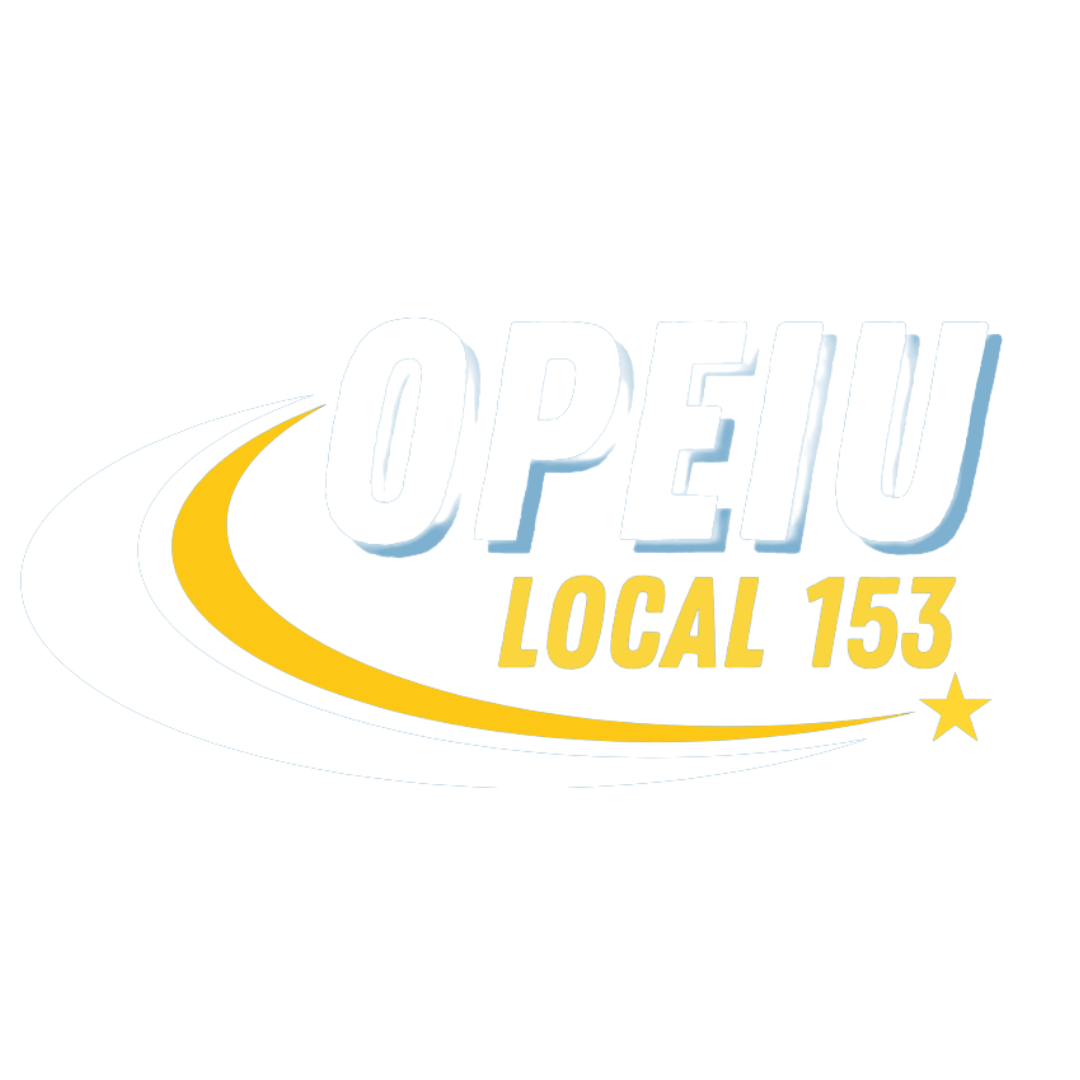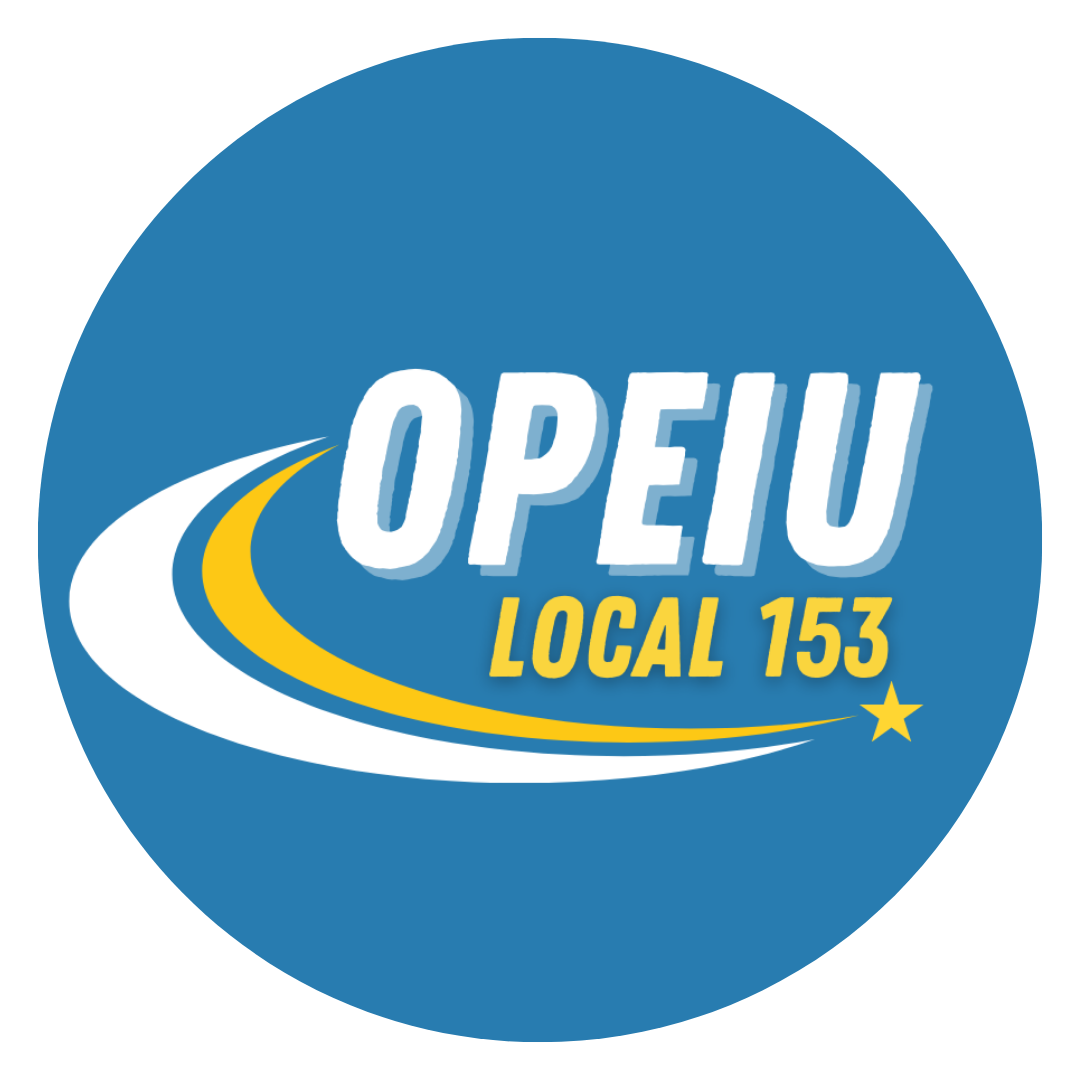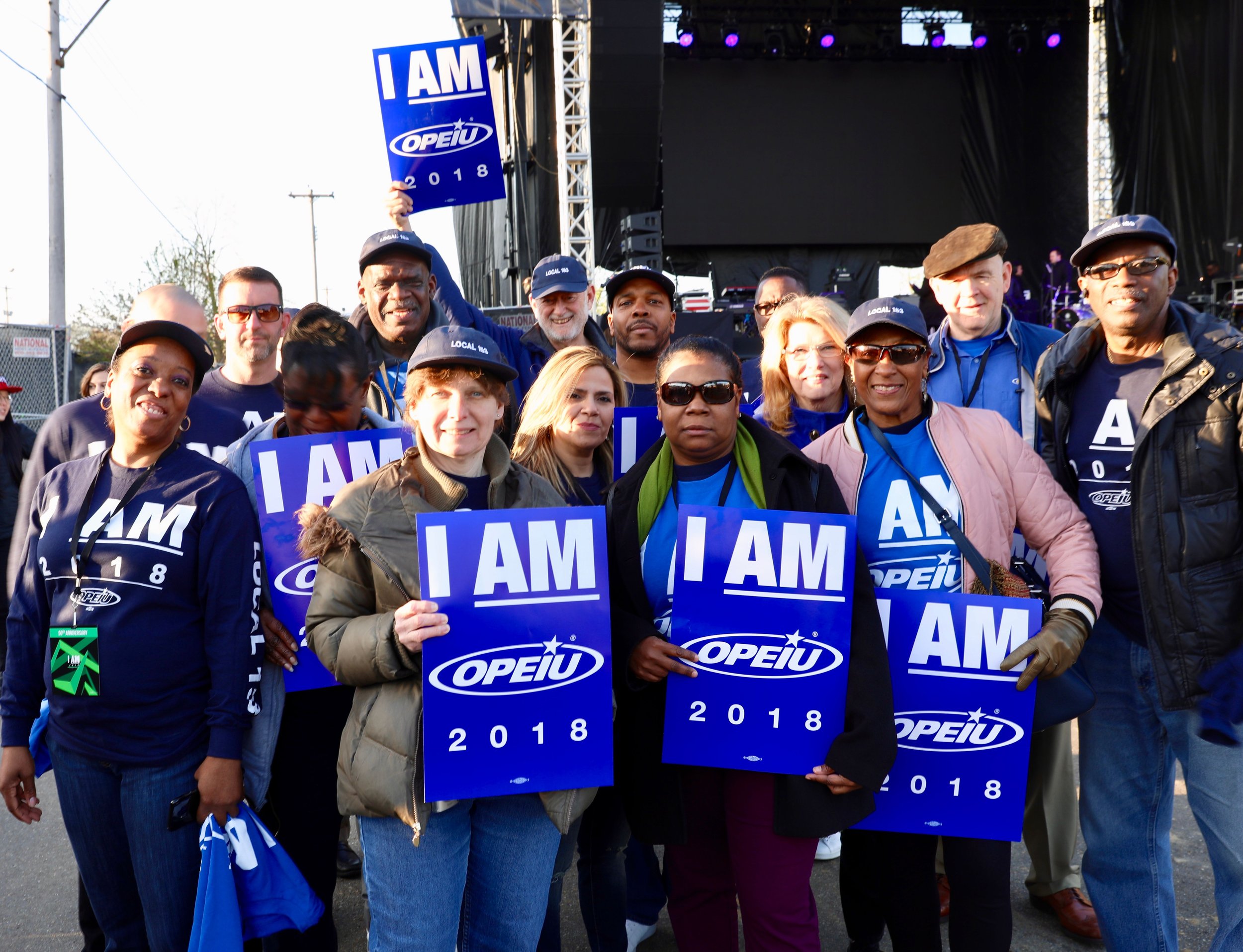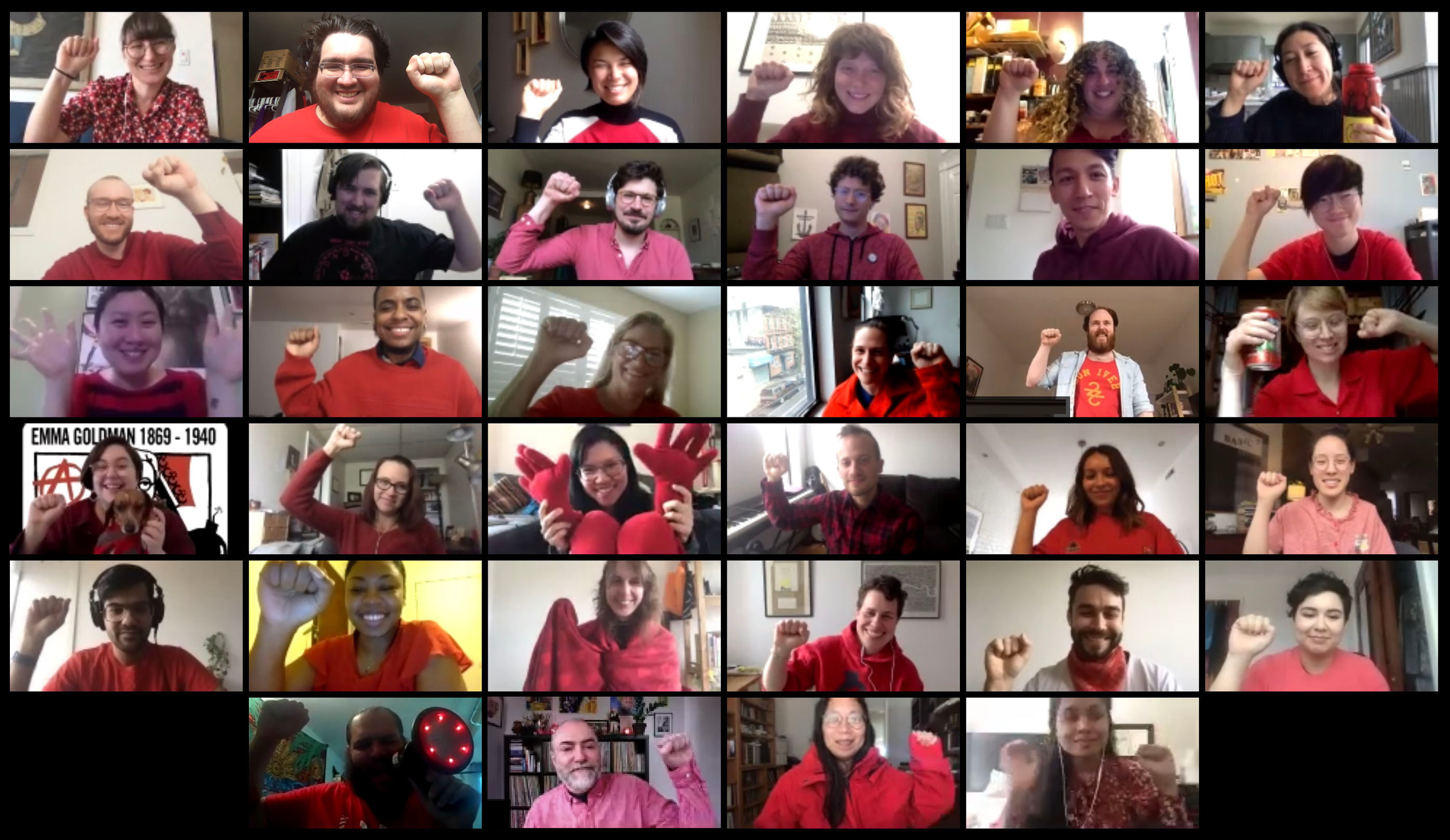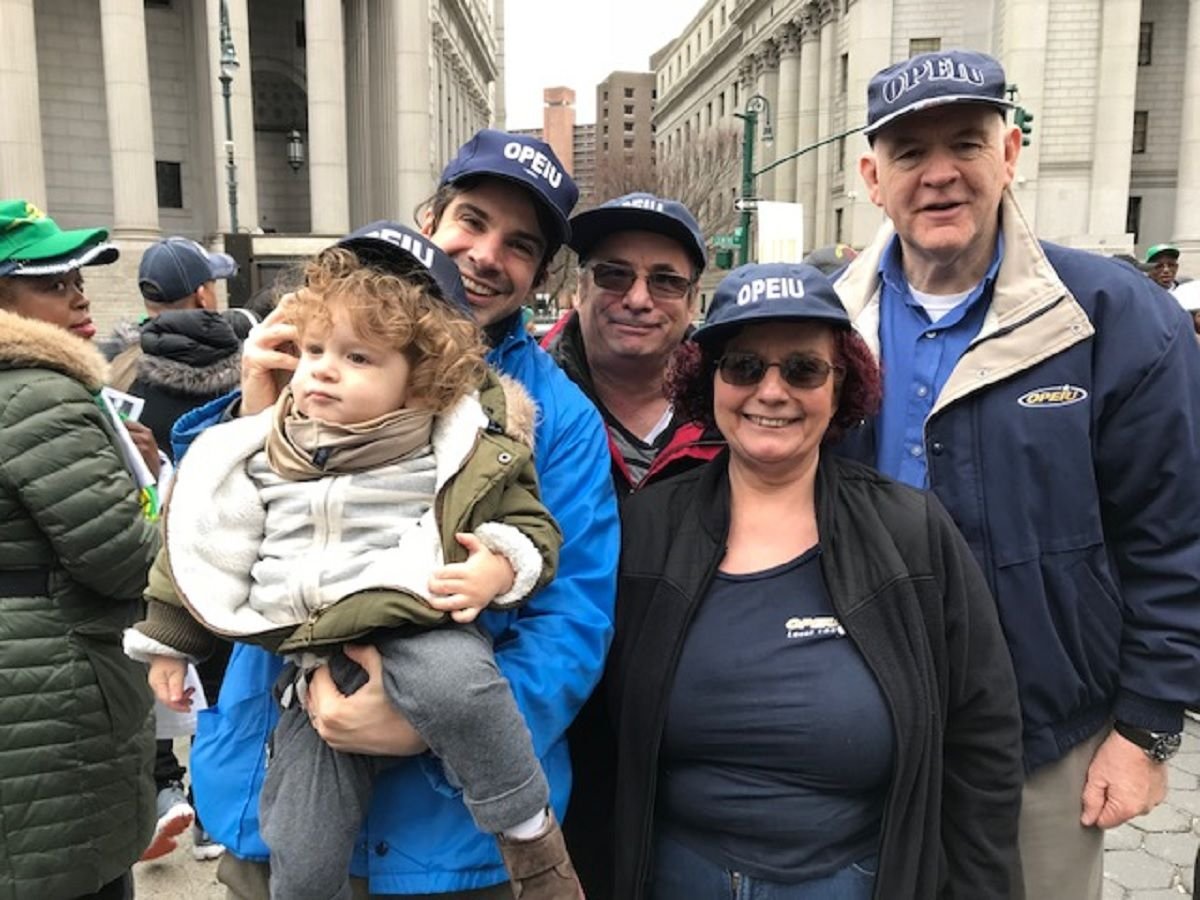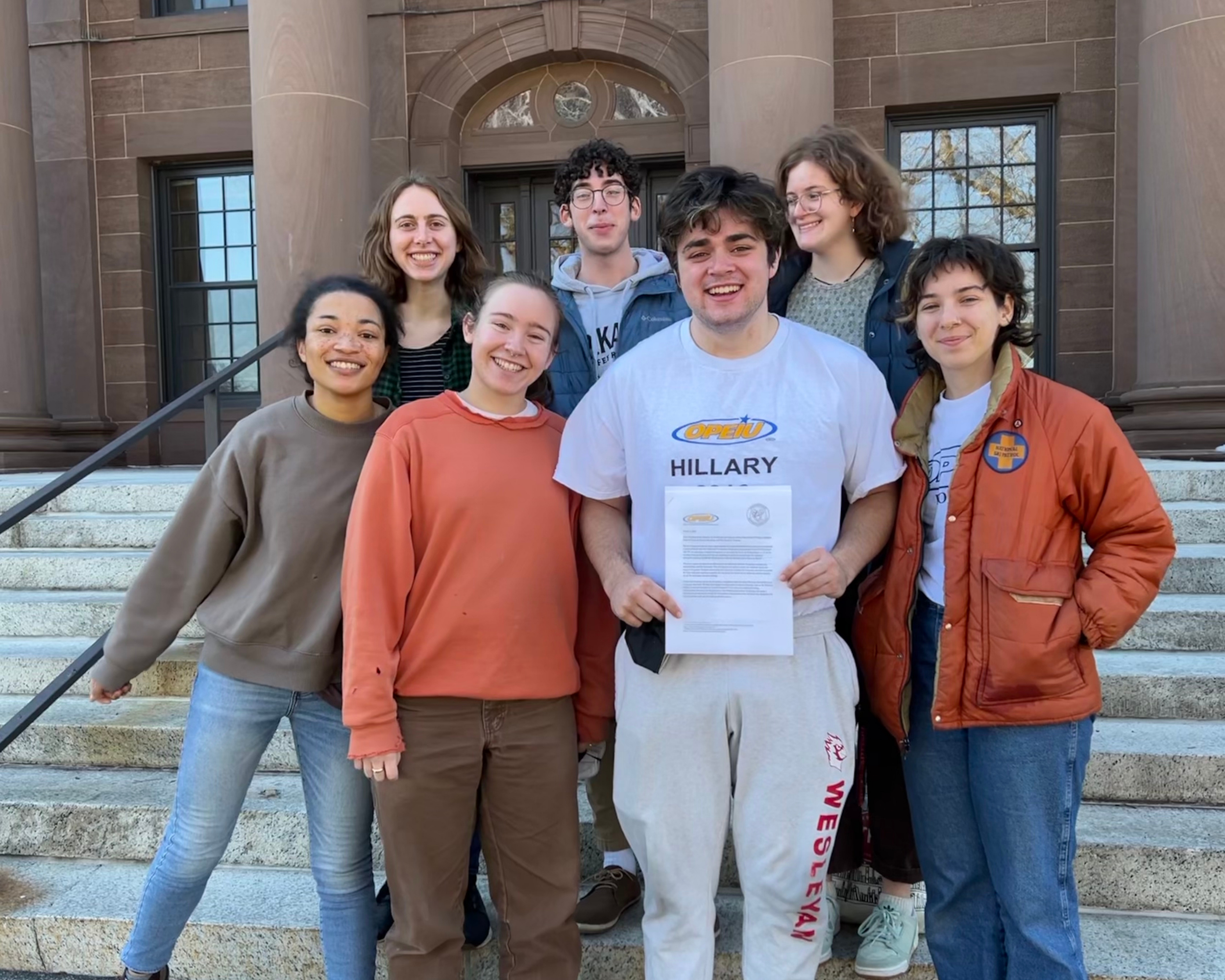Our History
From its founding, OPEIU has been at the forefront of the fight to help professionals and office workers attain the wages, benefits, and workplace conditions all working people need and deserve. OPEIU nurses, clerks, government workers, nonprofit staff, accountants, librarians, manufacturing workers, bank tellers, museum and university employees, engineers, pilots, umpires, teachers, social workers, and more are leading the fight for a better standard of living in the industries in which we work.
Nearly 80 years ago, we received our charter from the American Federation of Labor, establishing what was then called the Office Employees International Union (OEIU) as the premier union for white-collar professionals. Today, the 103,000 members of OPEIU work in a variety of sectors, in all fifty states as well as Canada and Puerto Rico.
In 1955, OEIU moved its international headquarters to New York City, where it remains today. That same year, with union density in the US at an all-time high, the American Federation of Labor and the Congress of Industrial Organizations merged to form the AFL-CIO, of which OPEIU is still a member. Our union established the International Pension Fund and recorded membership of more than 50,000 people by the mid-1950s. At our tenth convention in 1965, OEIU changed its name to the Office and Professional Employees International Union (OPEIU). Delegates to the convention also voted to create our international strike fund.
In 1951, our union first negotiated a contract between our members and the Tennessee Valley Authority—a federally owned corporation created to provide flood control, electricity, and economic development to the Tennessee Valley region during and after the Great Depression. We filed a gender discrimination lawsuit against the Tennessee Valley Authority in 1984, ultimately winning a settlement in which thousands of female OPEIU members received a total of $5 million in pay equity raises.
The 1990s marked a decade of expansion into new sectors for OPEIU; we also deepened our representation of workers in fields with a longer history of representation. The Federation of Catholic Teachers (FCT), comprised of 3,000 teachers, affiliated with Local 153 in 1995, on OPEIU’s fiftieth birthday. In 1997, thousands of podiatrists organized with OPEIU to form the first-ever American union for doctors: the First National Guild for Healthcare Providers of the Lower Extremity. We also began representing aviation workers when 221 helicopter pilots joined OPEIU that year.
In 2003, Nancy Wohlforth was named secretary-treasurer of OPEIU, becoming the first openly gay woman to hold international office in any US labor union. The Association of Professional Minor League Umpires voted overwhelmingly to affiliate with OPEIU in 2010, as did the Hawai’i Nurses' Association, adding four thousand more nursing professionals to our ranks. In the late 2010s, OPEIU extended defense fund benefits to furloughed government employees.
In 2018, OPEIU reaffirmed our commitment to organizing unorganized workers, initiating our Apprentice Organizer Program and devoting significant resources to this goal. We launched Nonprofit Employees United the following year, an initiative that supports our expansion into the nonprofit sector and serves as a central hub for existing and new members to coordinate, educate, and strategize. OPEIU Local 153 has been a core driver of these recent changes. Our recent growth—through new organizing and a 2021 merger with Pennsylvania’s Local 112, which brought nearly 750 nurses into Local 153—further strengthens our ability to support workers in forming unions at their workplaces, negotiate strong contracts, and help build a world in which all employees have a seat at the table and a say in their conditions at work.
